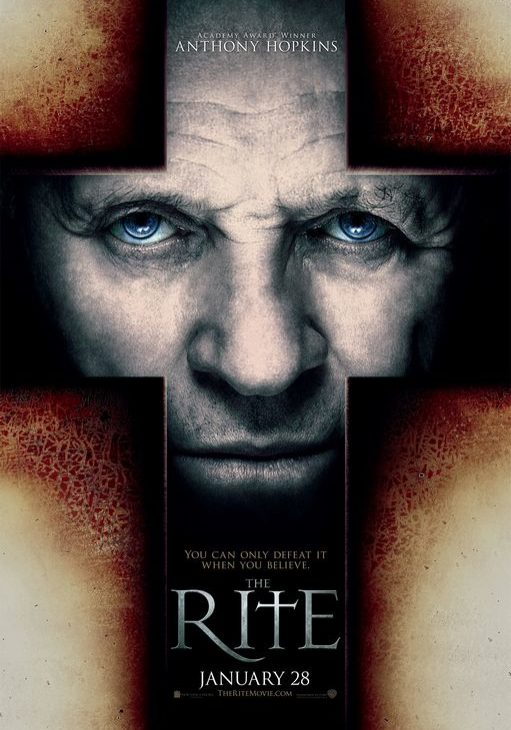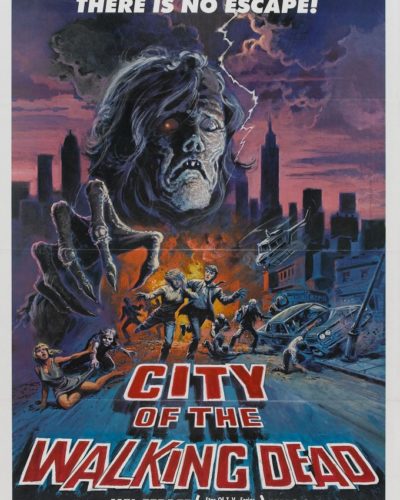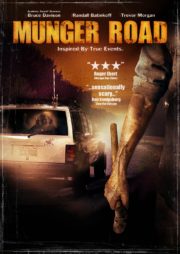“You can only defeat it when you believe.” – The Rite, A Journey Into Exorcism
In the realm of horror, exorcism films have offered some of cinema’s most chilling moments. “The Rite,” directed by Mikael Håfström in 2011, aims to add to this spine-tingling tradition, exploring the ever-fascinating struggle between faith and demonic possession. The film, which is supposedly inspired by true events, follows Michael Kovak (Colin O’Donoghue), a skeptical seminary student, who is reluctantly enrolled in a Vatican exorcism course. There, he meets the unorthodox Father Lucas (Anthony Hopkins), and together they confront the diabolic unknown. As the story unfolds, Michael’s skepticism is challenged by the dark forces he witnesses.
Whispers in the Dark: Crafting the Atmosphere of Fear
The Rite attempts to transcend the typical horror tropes, relying less on simple visuals to inspire terror and more on an atmosphere thick with silent dread. The film’s ambiance is one steeped in the solemn traditions of the church, and the contrast of Rome’s beauty to the lurking sinister presence inside its walls. Håfström crafts a world where the horror is as much about the struggle of faith as it is about the supernatural.
Cinematography that Conjures Shadows
The cinematography of The Rite is a calculated affair. Lighting serves as an important storytelling device, with shadows draping over scenes, hinting at the darkness that lies within. Camera angles are often claustrophobic, trapping the viewer in tight spaces with the characters. Special effects are used sparingly, grittier and more reserved, allowing the unease to simmer, rather than boil over with jump scares.
Soundtrack of Silence and Screams
Sound is a critical factor in The Rite’s arsenal. The movie employs a haunting score that effectively underscores the story’s growing tension. Instances of silence are used as effectively as the crescendos, with the absence of sound often preceding the film’s most heart stopping moments. Sound effects are rooted in realism, the groans and whispers carrying a heavier impact because they seem so tangible.
In The Grip Of Terror: Character and Horror Elements
Believability in the Face of the Diabolical
Performances in The Rite are variable. Anthony Hopkins, as always, brings gravitas to his role, oscillating between comforting priest and harrowing vessel for evil with commendable agility. Colin O’Donoghue, although at times wooden, convincingly portrays the spiral from skeptic to believer. Their dynamic and the development of their characters assist in suspending disbelief for the film’s more supernatural elements.
A Dance with Demons
The Rite delves into the psychological and supernatural facets of horror, displaying a measured restraint compared to typical fare in the genre. Its horror mechanics are rooted in the unseen and the internal struggle, rather than explicit gore. However, when it chooses to reveal its hand, it does so with unsettling imagery that lingers. Throughout, the film navigates around the tropes of exorcism-centric films, yet it does not always avoid predictability.
The Demons Among Us: Themes and Impact
The Rite uses horror not just for scares, but as a vessel to explore deeper questions of faith, belief, and the nature of evil. These underlying themes offer a richness to the narrative, suggesting that the true horror may reside in the doubt within us, rather than external evil forces.
Not Just A Fright, But A Thought
As a horror film, The Rite manages to afford some genuine unease, though it may not leave viewers cowering from the screen. It’s thought-provoking and brooding, and its innovations come in the form of its atmospheric storytelling and restrained approach to the genre.
Suitable Viewers for This Dark Ceremony
“The Rite” is likely to appeal to those who appreciate slow-burn horror and narratives entwined with religious lore. Hardcore horror aficionados might find its pacing too sluggish, while casual viewers could appreciate its psychological depth.
A Place Amongst Horror Brethren
When compared to other esteemed works in the genre, “The Rite” doesn’t reach the heights of “The Exorcist” or “Rosemary’s Baby” in terms of terror or cultural impact. However, it does share a distinguished company with films like “The Exorcism of Emily Rose,” which also attempt a more cerebral take on demonic themes.
A Final Blessing for “The Rite”
In summary, while “The Rite” may not be an ionized staple in the horror genre, it is an intriguing exploration of exorcism framed within the duality of skepticism and belief. Its strengths lie in its atmosphere, Hopkins’s compelling performance, and its thematic substance. However, it falters with occasional predictability and uneven pacing.
I recommend “The Rite” to viewers who are drawn to horror that doesn’t solely depend on gore or shock, but instead looks to unsettle the mind and challenge convictions about the supernatural. Be mindful, the film does delve into intense themes of possession and faith, which may be triggering for some. Ultimately, “The Rite” stands as a testament to the narrative potential of horror and the eternal human curiosity for what lies beyond the realm of the living.




